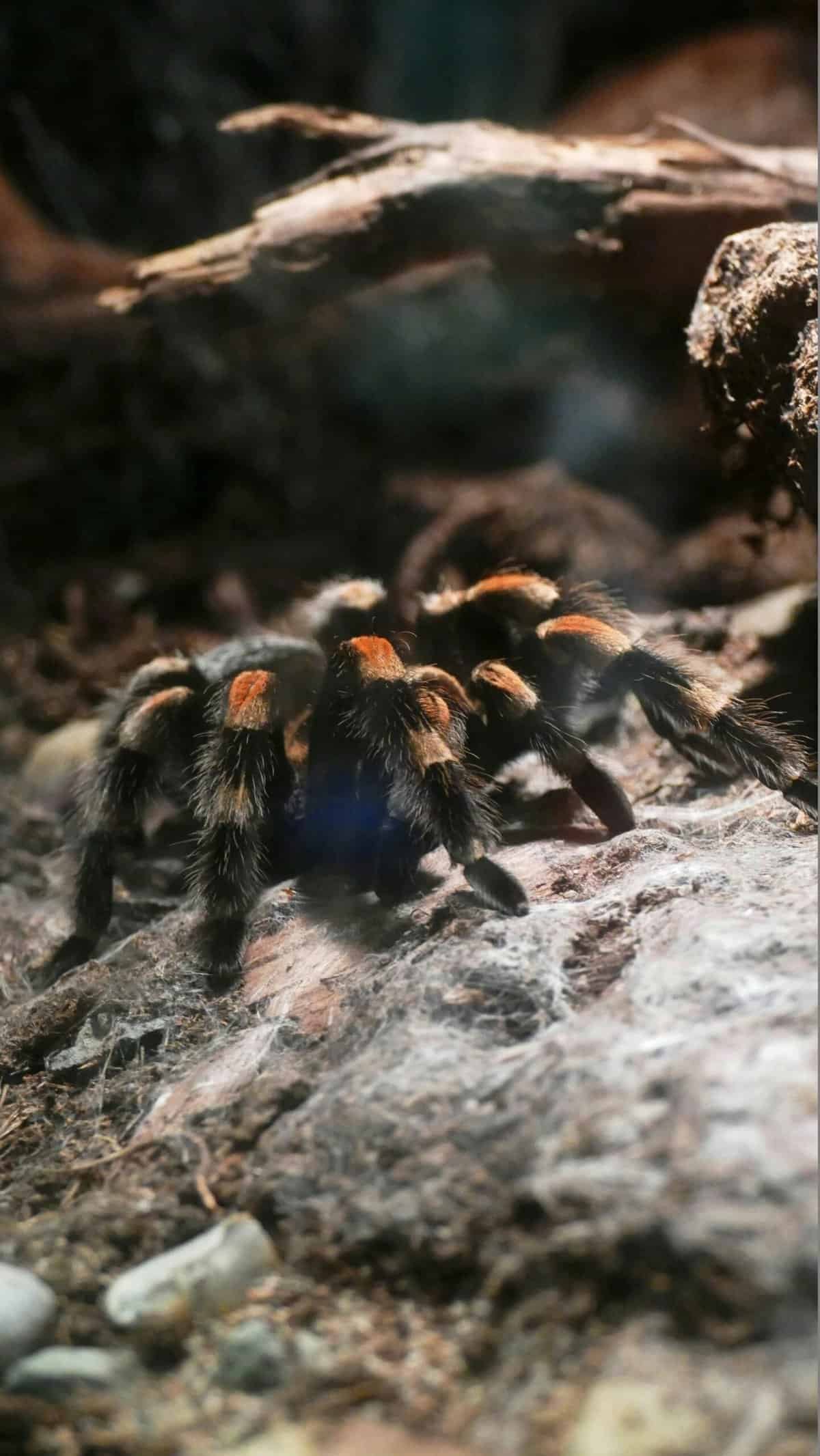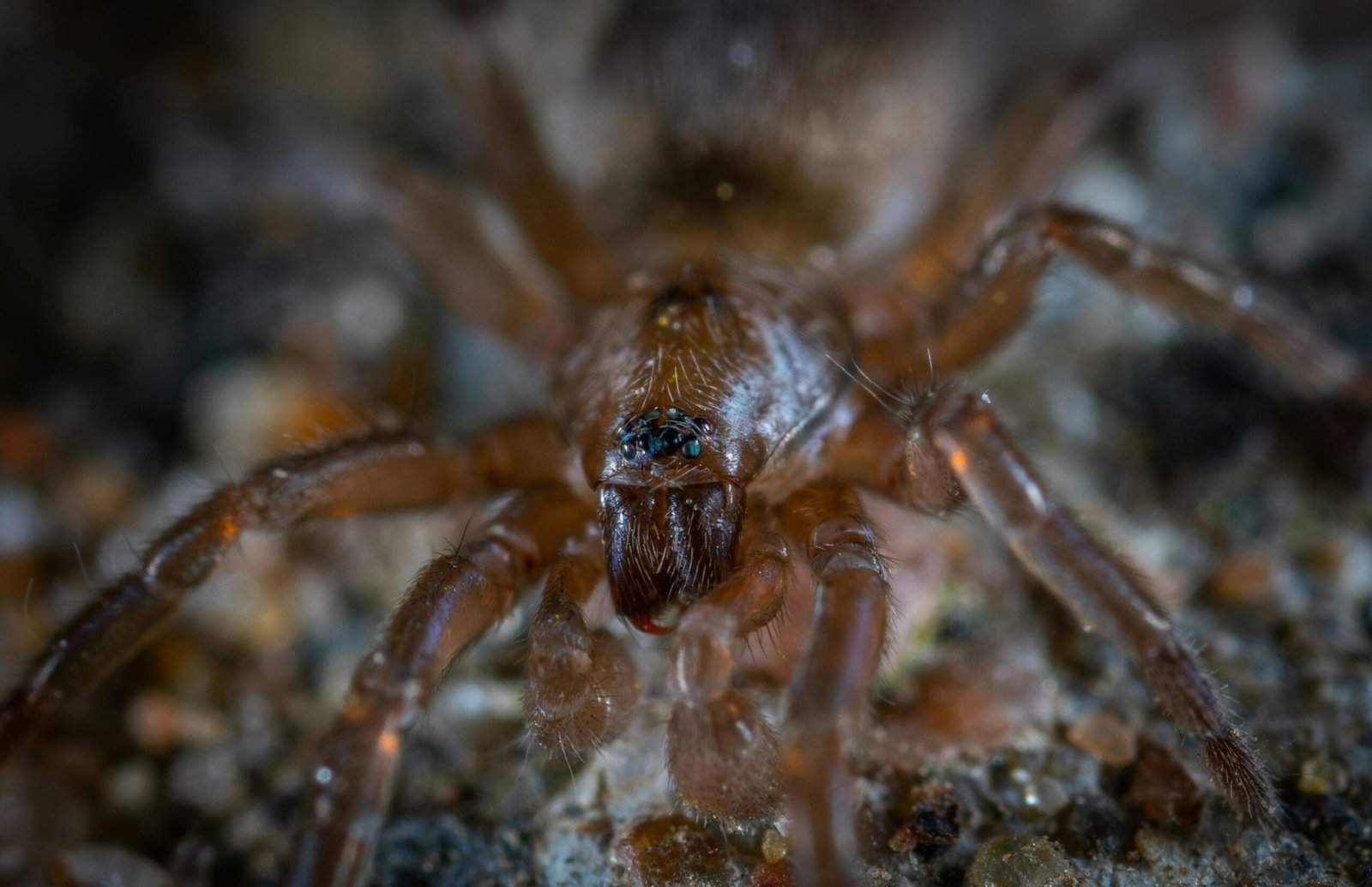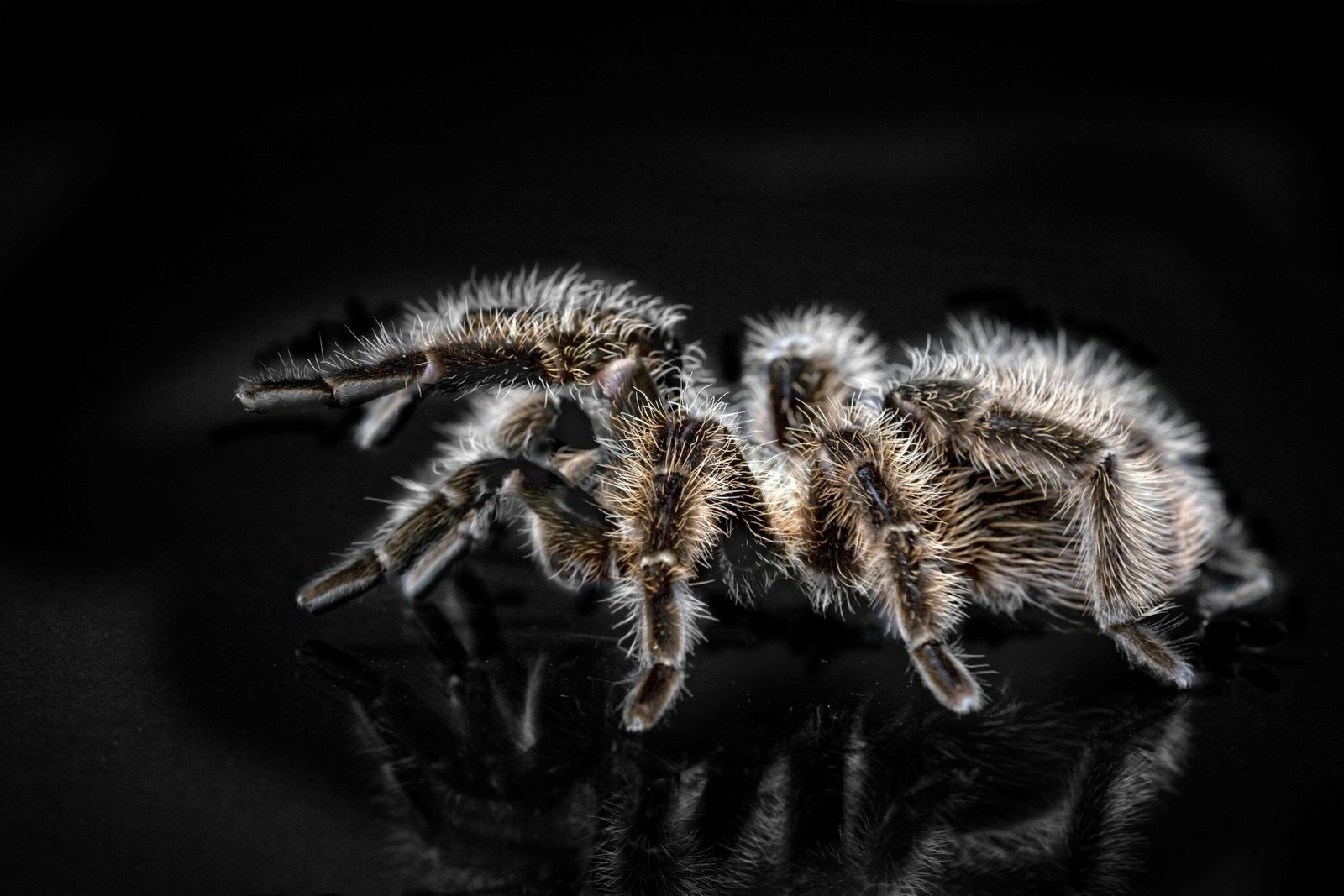Can tarantulas be threatened by larger predatory arachnids like solpugids? This question often arises among arachnid enthusiasts and curious minds alike. With both creatures occupying a similar space in the animal kingdom, it’s essential to understand their behaviors, habitats, and potential interactions. In this detailed piece, we’ll explore whether tarantulas are genuinely at risk from these desert-dwelling hunters.

What Are Tarantulas?
Tarantulas are a widespread group of large spiders known for their formidable size and hairy bodies. These spiders can be found in various regions, including North and South America, Africa, and parts of Asia.
Characteristics of Tarantulas
Tarantulas possess unique characteristics that distinguish them from other spiders. These features include their size, fangs, and the potent venom they wield, which they primarily use to subdue prey.
Habitat of Tarantulas
These arachnids favor warm climates and are typically found in regions like deserts, rainforests, and grasslands. They construct burrows or inhabit natural crevices, where they lie in wait for unsuspecting prey.
Behavior and Diet of Tarantulas
Tarantulas are primarily nocturnal hunters, relying on their sense of touch and vibrations to catch prey. Their diet mainly consists of insects, other spiders, and occasionally small vertebrates like lizards and mice.
Introduction to Solpugids
Solpugids, also referred to as camel spiders or wind scorpions, are fascinating arachnids. Known for their speed and predatory prowess, these creatures have built quite a reputation.
Characteristics of Solpugids
Distinct from spiders, solpugids lack venom but make up for it with powerful chelicerae—adapted mouthparts designed for chopping and slicing prey.
Habitat of Solpugids
Much like tarantulas, solpugids are often located in arid and semi-arid regions. They thrive in deserts and dry grasslands, where their burrowing habits help them avoid the extreme daytime heat.
Behavior and Diet of Solpugids
Solpugids are voracious predators. They exhibit aggressive hunting tactics and can take down a variety of prey, including insects, spiders, and small vertebrates. Their sheer speed and agility make them formidable hunters within their ecological niches.
Potential Threats: Comparing Tarantulas and Solpugids
Understanding whether tarantulas can be threatened by solpugids involves a close look at their comparative strengths, weaknesses, and ecological interactions.
Physical Abilities
| Feature | Tarantulas | Solpugids |
|---|---|---|
| Size | Larger, up to 11 inches in leg span | Smaller, typically around 2-6 inches |
| Venom | Has venom, varies in potency | No venom, relies on powerful chelicerae |
| Speed | Slower, relies on ambush tactics | Extremely fast, uses speed for hunting |
| Burrowing Capability | Excellent, constructs deep burrows | Good, but prefers shallow retreats |
This comparison illustrates that while tarantulas have size and venom on their side, solpugids boast speed and extraordinary cutting power.
Hunting Tactics
Tarantulas tend to rely on ambushing prey due to their slower mobility. In contrast, solpugids use their speed to actively chase down prey. This fundamental difference in hunting styles can influence encounters between the two.
Defensive Behaviors
When threatened, tarantulas may opt for intimidation through threat displays involving raised legs and exposed fangs. Solpugids, lacking venom, rely on their speed to escape predators or aggressively retaliate with their chelicerae.
Diet Overlap
Both tarantulas and solpugids share a dietary overlap consisting mainly of insects and other small invertebrates. This commonality could lead to competition for food resources, especially in environments where such prey is scarce.
Do Solpugids Pose a Real Threat to Tarantulas?
Factors Influencing Encounters
The likelihood of encounters between tarantulas and solpugids mostly depends on their respective habitats and behaviors. Their shared preference for burrows and similar prey can lead to potential overlaps.
Case Studies and Observations
There have been observational reports of solpugids preying on young or molting tarantulas. These instances, while rare, indicate that under certain conditions, solpugids can indeed pose a threat to tarantulas.
Size and Age Dynamics
Adult tarantulas, given their size, are less likely to fall victim to solpugids compared to younger or molting individuals. At these vulnerable stages, tarantulas lack the strength and agility to defend against a determined solpugid.

Co-existence in the Wild: Peaceful or Conflict-Ridden?
Sympatric Habitation
In some regions, tarantulas and solpugids cohabit, functioning as apex predators within their microhabitats. This co-existence typically balances out, with limited direct predation occurrences.
Predatory Balance
Nature ensures a balance where both species can thrive without entirely decimating each other’s populations. Natural checks like availability of prey, environmental conditions, and predatory skills further bolster this equilibrium.
Observational Data
Research and field observations often witness these creatures avoiding direct confrontations to conserve energy for more easily subduable prey. This mutual avoidance suggests a non-aggressive balance when they share habitats.
Human Interaction and Perception
Misunderstandings and Myths
Movies and myths have painted both tarantulas and solpugids as monstrous creatures. Understanding their true nature through education can dispel these fears and promote conservation.
Captivity and Coexistence
In captivity, interactions between these creatures are highly controlled. This setting allows for detailed studies and observations, which affirm the usual non-aggressive nature between cohabitating specimens.
Conservation Efforts
Both species face threats from habitat destruction and human interference. Conservation efforts should focus on protecting their natural habitats to ensure these fascinating creatures continue to thrive.

Final Thoughts: Coexistence and Survival
In conclusion, while encounters between tarantulas and solpugids can occur, instances where solpugids pose a significant threat to tarantulas are relatively rare and circumstantial. Nature’s balance and adaptability allow both to coexist, often avoiding direct conflicts despite overlapping diets and habitats. Understanding these dynamics offers invaluable insight into the complexities of ecological interrelationships and the remarkable survival strategies of these arachnids.